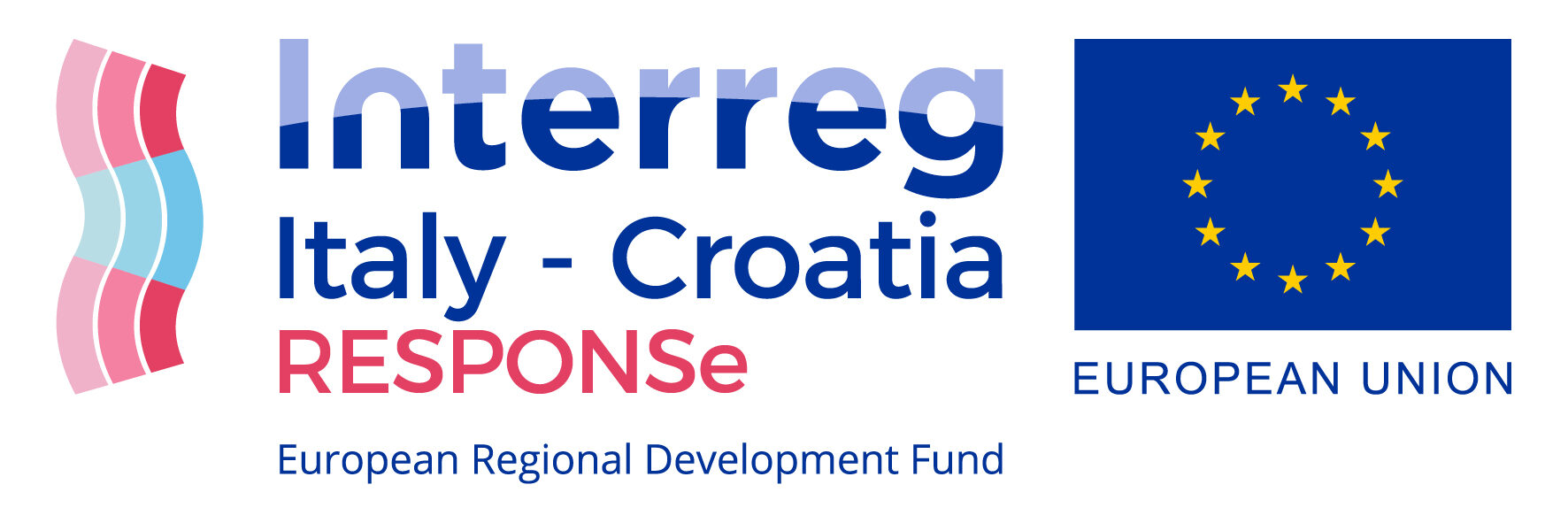Climate actions
Projected increment in fires as a result of climate change is expected to increase demand on fire-fighting resources and may force prioritization of fire suppression efforts only to target areas. A fuel break is defined as a physical barrier to the spread of fire, such as a road, bulldozer line, or body of water; it can also be defined as a change in composition and density of a forest at its edges to reduce fires. Fuel breaks can be created to lessen fire spread and intensity in specific areas, such as the wildland-urban interface. Where this approach is designed to protect areas of high value or high concern, the potential for increased forest fragmentation may also be taken into consideration. An example of adaptation tactic under this approach is to create a fuel break between a flammable or fire-adapted stand and one where fire would be undesirable; for example, planting maples between lowland conifer forests and upland fire-prone oak forests may prevent surface fires from moving through the moisture-rich maple leaf litter. Dimensions and locations of these barriers are often settled based on expert’s’ judgment with a very little scientific basis. Prediction of fuel breaks width can be very difficult even with the use of sophisticated models.
Establish fuel breaks to slow the spread of catastrophic fire
Objective
Prevent the spread of fires.
Description
Expected results
Wildfires slowed or confined.
Result indicators
Area of forest not burned [m²]
Involved actors
Local government, local stakeholders, scientists, environmental agencies, firefighters.
Expected timeline for action
Best practices
Criticalities
Scope of the action
Type of proposed actions
Sector of action
Climate impacts
Implementation scale
Source
